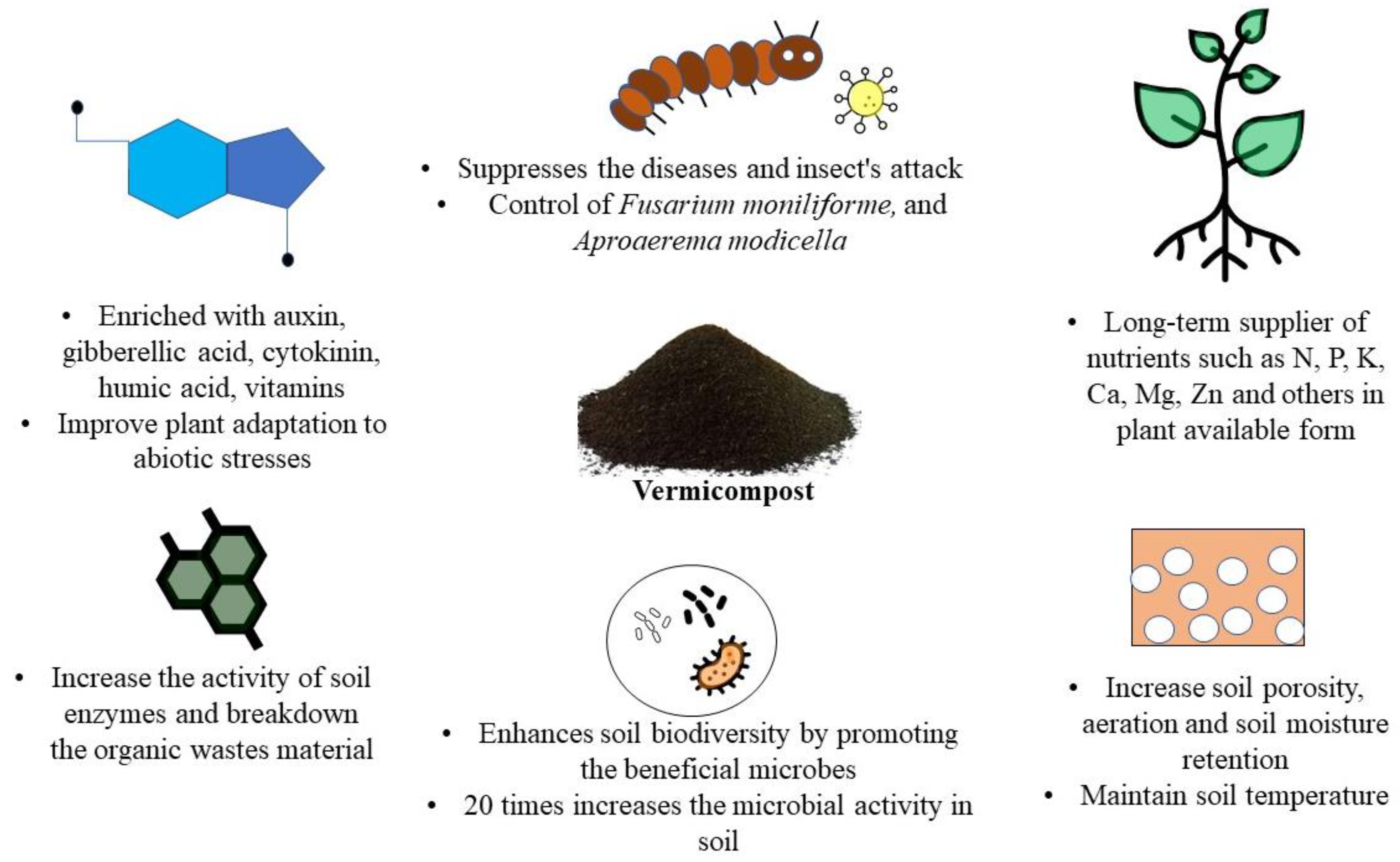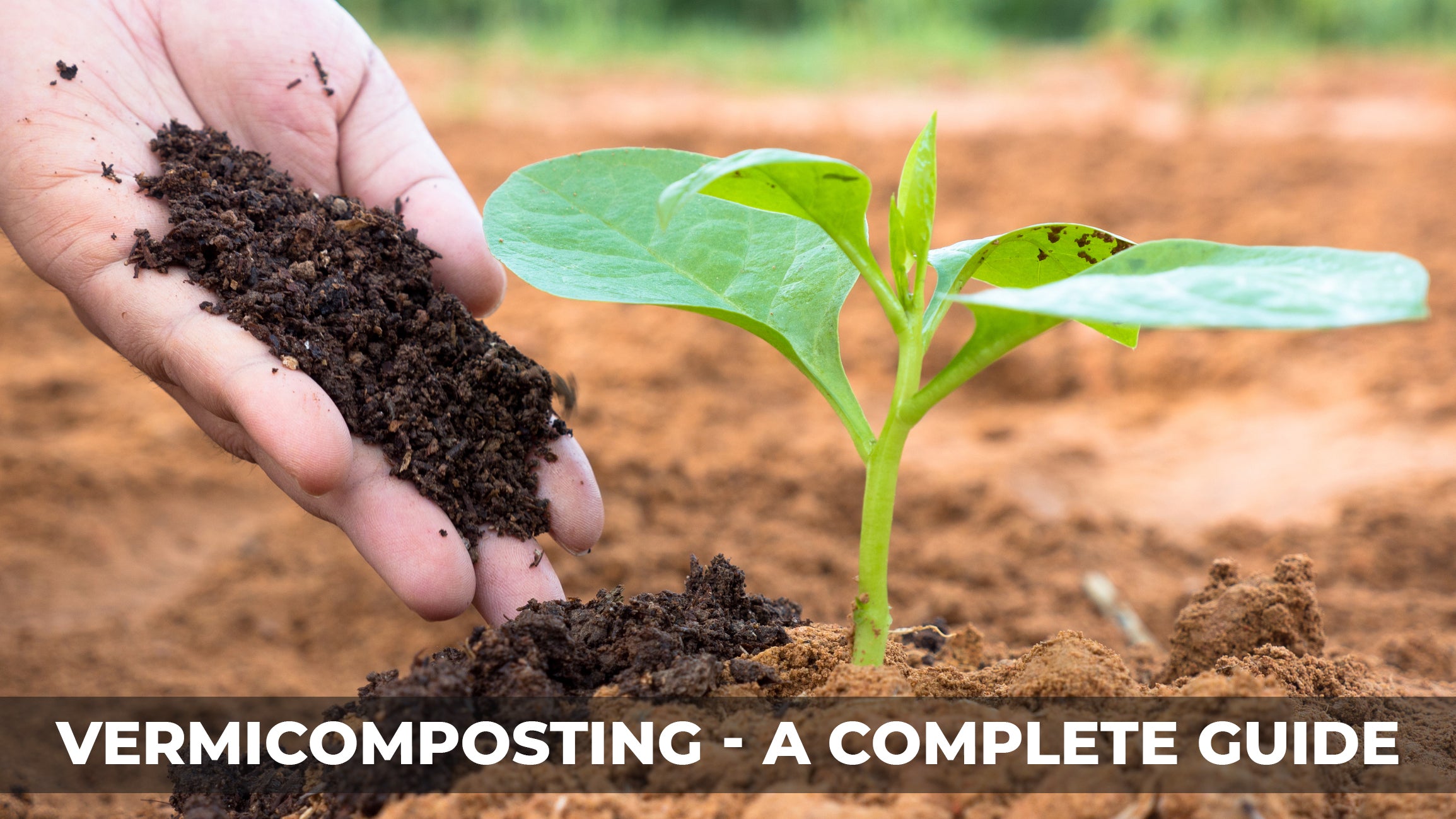The Of Red Wiggler Express
The Of Red Wiggler Express
Blog Article
Red Wiggler Express Things To Know Before You Buy
Table of Contents9 Easy Facts About Red Wiggler Express ShownGet This Report about Red Wiggler ExpressGetting My Red Wiggler Express To WorkThe Main Principles Of Red Wiggler Express About Red Wiggler Express

If you go to done in tune to the farming news of late, you're cognizant that soil health remains in decline around the globe an issue that is having a devastating influence on our food systems. The solution to this international problem? Worms. Lots of them. Exactly how, you ask? Well, vermicomposting, certainly.
Some start vermicomposting as a hobby and scale up, whereas others have the intent right from the beginning to create a profit-making organization. They may be farmers, neighborhood yard volunteers, entrepreneurs, landscaping companies, greenhouse farmers, or staff at facilities that generate food waste.
Red Wiggler Express Fundamentals Explained
Among one of the most usual reasons for venturing right into industrial vermicomposting is the desire to reuse organic waste right into products that boost soil and plant health and wellness. Dirt health has actually just recently ended up being a vital worldwide concern. The United Nations Food and Agriculture Organization stated 2015 the International Year of Dirts to boost recognition of dirt's role in food security and healthy ecological community function.

In the inside of a landfill, organic products damage down in an anaerobic environment and release methane, a greenhouse gas that is 25 times much more powerful than co2 (Organic). A better choice to landfilling food waste and various other natural materials is to vermicompost them. What was once thought about waste can be changed right into valuable products that nourish dirts and plants
Some Known Details About Red Wiggler Express
For the past 25 years in dozens of papers, publication chapters, and meetings, I have actually described the ended up product of vermicomposting as vermicompost. This term is often used to recognize the combination of earthworm spreadings (feces) and uneaten bedding and feedstock (organic product) that is collected from worm beds.
After substantial thought, I made a decision to make use of the term vermicast throughout this book, for 2 vital factors. One is since lots of individuals use the terms garden compost and vermicompost interchangeably, not realizing that completion product of vermicomposting is qualitatively different from compost. I believe it would profit the vermicomposting market to distance itself from the term garden compost in describing its products.
Composting is the regulated process of transforming natural materials into an important dirt change under cardio problems using naturally produced warmth. In contrast, a vermicomposting pile or worm container need to be preserved so that it does not warm up. In a compost heap the types and amounts of types of bacteria alter when the heap gets to thermophilic temperatures of 106F (41C) or higher.
More About Red Wiggler Express
The bottom line delineating the difference in between garden compost and vermicast, however, (https://www.openlearning.com/u/williamanderson-sm7nku/about/) is that the last has travelled through earthworms. Therefore, vermicomposting is more similar to livestock production than to composting; it needs pet husbandry abilities to correctly look after the worms. A second factor to use the term vermicast is to stay clear of product labeling that can be confusing to consumers.
Worm casting is the last product of worm digestion and can be merely recognized as worm manure. It is abundant in natural matter and valuable bacteria that create and help your garden.
Sustainable horticulture is exercised when no-cost or low-cost amendments such as the usage of worm spreading from vermicomposting is included. Collected raw material in vermicompost bins. Picture by Maggie Chen. Worms play this important duty in the vermicomposting process and likewise in alleviating the effects of environment modification. Land fill gas (LFG) is given off as an all-natural result of natural material decay, such as food waste breaking down in garbage dumps.
In the past 2 a century after the Industrial Transformation, methane concentrations within the atmosphere have even more than increased straight from the source due in huge component to anthropogenic human-related activities (Fishing). Around 50 percent of LFG launched from garbage dumps is carbon dioxide et cetera is a small percent of non-methane organic substances. Methane is a powerful greenhouse gas that remains in the environment for a much shorter time in contrast to co2 however both are launched in the environment in large quantities from varying resources among which is organic product decomposition from garbage dumps
The Red Wiggler Express Ideas

Is there a food waste or vermicomposting system on your regional university? It is seen that long long-term and impactful activities on a system large range can begin with a single small worm. Worms might be traditionally associated with this gory and spooky season, but when considering the interconnected effect of the vermicomposting process (on enhancing soil health and wellness and plant growth in your garden, mitigate climate modification, and equipping students) offer some recognition to the abundant benefits that worms provide.
Report this page